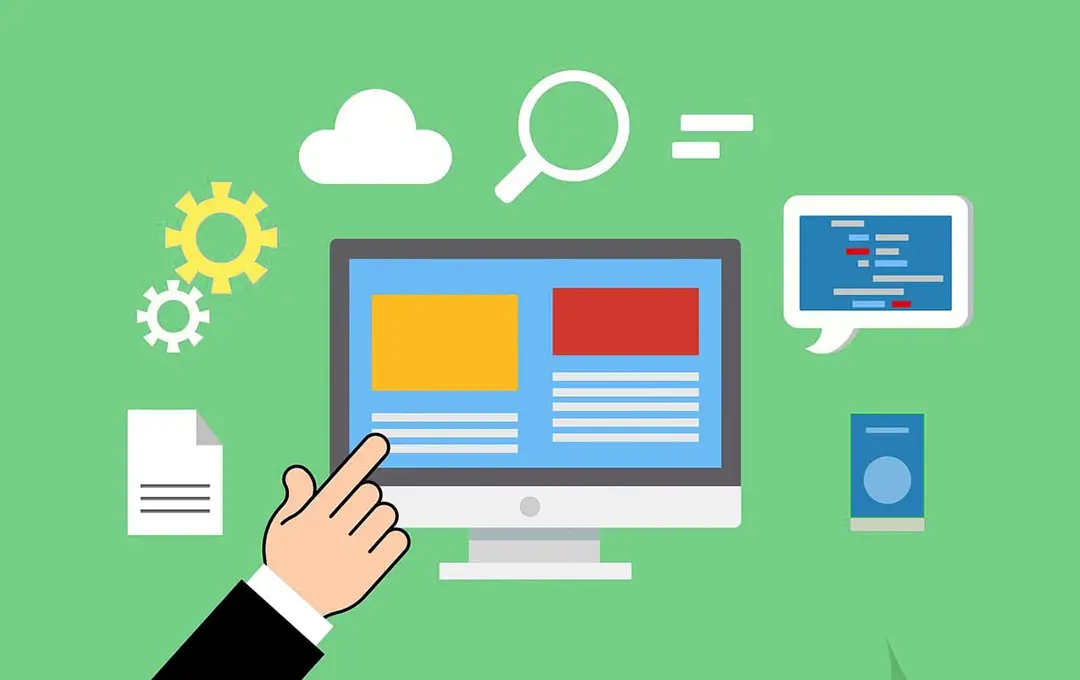Web Accessibility: Importance, Compliance Tips & Tools
Written by Josh Rowe on April 3, 2023
Web accessibility is the practice of creating websites, tools, and technologies that are accessible to everyone. This includes people with disabilities, who may have difficulty seeing, hearing, using a mouse or keyboard, or processing information. It's important to make your website accessible to provide the best overall experience for all your visitors and users, regardless of whether they have a disability.
There are many ways to make websites more accessible, such as using alternative text for images, providing transcripts for videos, and making sure all pages can be navigated using a keyboard. By making your website more accessible, you can reach a wider audience and ensure that everyone has equal access to your information.
There are many benefits to making your website accessible, including:
- Increased reach and usability. Reach a wider audience, including people with disabilities, leading to increased traffic, engagement, and, most importantly, a great user experience for everyone visiting your website.
- Improved SEO capability. Search engines are increasingly ranking websites that are accessible, giving you a better chance of ranking higher in search engines like Google than a website that provides little or no accessibility features.
- Reduced risk. There have been many lawsuits against companies for websites that don't follow web accessibility best practices. Making your website accessible can help you reduce the risk of legal action.
- Increased brand awareness. Show that you're a company that cares about its customers, including those with disabilities, in turn helping you build brand loyalty and a solid reputation.
Here are some tips to make your website more accessible:
- Use alternative text for images. If you use images on your website, make sure to include alternative text that best describes what the image is about. This will help people who are blind or have low vision understand what's on your website.
- Provide transcripts for videos. If you use videos on your website, provide transcripts so that people who are deaf or hard of hearing can understand what is being said in the videos.
- Easy keyboard navigation. Make sure all pages on your website can be easily navigated using a keyboard, so people who can't use a mouse can still access all of the information on your website.
- Use clear and concise language. Make sure your content is easy to read. If your website visitors need to stop and think or decipher what you're trying to say, you'll lose them to your competition quickly.
- Use large fonts. Use large fonts on your website so people with low vision can read your content easily.
- Use high-contrast colors. The content and visual elements on your site must be easily readable and distinguishable. Make sure you have high-contrasting colors between foreground and background elements to make your site easier to navigate and understand.
- Use simple layouts. Simple layouts allow people to take in your content more quickly and efficiently. If someone has trouble figuring out to move through your site, they'll leave.
- Use Aria text. Aria text, including the HTML "aria-label" attribute, allows you to specify an element's purpose or action when clicking on it. This is especially useful when creating links that point to internal or external web pages.
There are many tools to test your website for WCAG 2.1 Compliance, but here are a few of my favorites:
- Lighthouse. The Google Chrome browser comes packed with a ton of useful tools, including Lighthouse to test website accessibility in both desktop and mobile environments. To access this tool, open Chrome's DevTools with the F12 key, then click the Lighthouse tab in the developer console. From here, you'll be able to generate whatever reports you need.
- Axe DevTools Extension. The Axe DevTools extension is a Chrome browser extension that provides additional testing data and resources when testing your web pages, giving you the ability to interact with any potential problem elements and get ideas on how to fix them.
- accessiBe ADA & WCAG Compliance Checker. This web accessibility checker allows you to enter any public URL to test for ADA and WCAG compliance. Once the report completes running, any issues that arise will show containing detailed ways to fix them.
By following these quick tips, you can make your website more accessible to all visitors and reach a wider audience.
If you need a consultation or assistance making updates to your website to make it more accessible, get in touch and we'll set something up!
